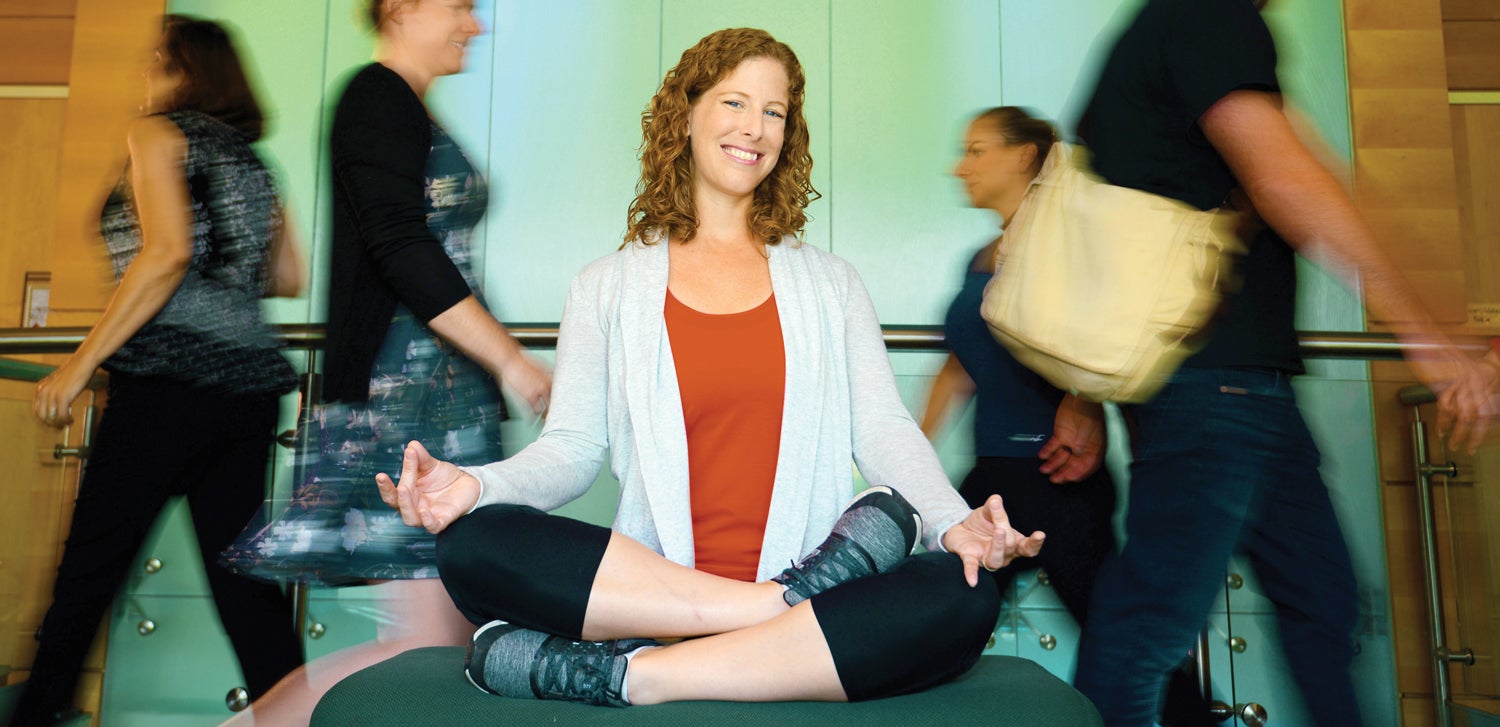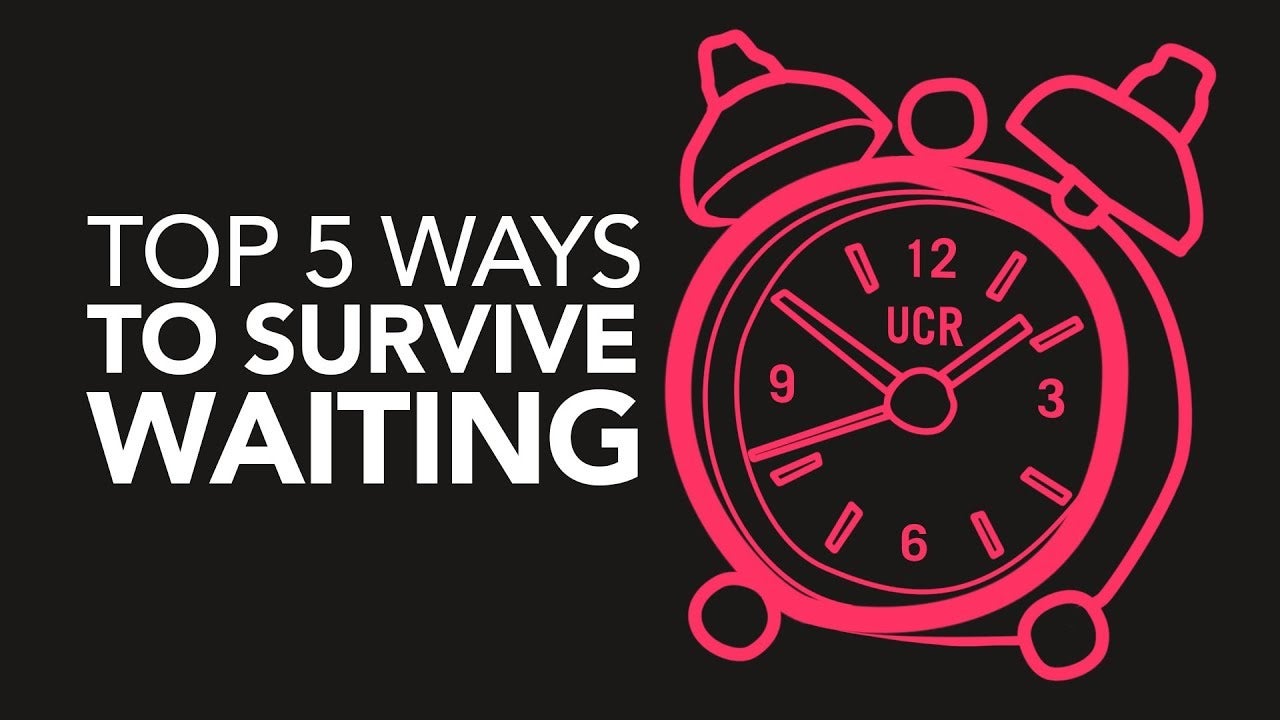GOING WITH THE FLOW
Why some activities make you happier in quarantine than others.
By John Warren
Kate Sweeny, professor of psychology, studied people under quarantine in China. (UCR/Carrie Rosema)
ate Sweeny’s research focuses on the worry associated with periods of waiting for uncertain news, such as the results of a medical test or law school exam. Her recent study of people in China in quarantine due to COVID-19 found that those engaging in all-consuming activities, known as “flow,” experienced the same level of well-being as when not in quarantine. Sweeny, a professor of psychology, discusses the study and what it may mean for our collective mental health beyond the pandemic.
“Flow” is the term researchers use to describe a state of complete immersion in an activity like playing video games.
1. First, could you explain the term “flow” as it’s used in psychology research?
Flow refers to a state of total absorption in an activity, when time flies by and you completely lose yourself in what you’re doing. The kinds of activities that are best for creating a flow state are ones that are enjoyable, appropriately challenging (not too much, not too little), and that allow you to track your progress.
2. We associate the COVID-19 shelter-in-place orders as eliciting some measure of anxiety. How do flow activities help offset this?
In our study in China in February 2020, we found that people who were in quarantine conditions were worse off in terms of their well-being compared to people who weren’t in quarantine. However, if people reported a lot of flow in the past week, that relationship nearly disappeared. Put another way, flow doesn’t just make you feel good; although it does, it also seems to minimize the negative impact of quarantine on well-being.
3. What are some examples of flow activities?
Anything that hits the sweet spot of enjoyment, challenge, and progress tracking can create a flow state, and the activities that fall into that category are different for everyone. That said, some activities are custom-made to create flow — most notably video games, which get harder as you get better and track progress in a really clear way. Other “gamified” activities like language-learning apps can work the same way.
4. What are some pleasant distractions that are not necessarily flow activities, And why don’t these distractions work as effectively?
Lots of activities are relaxing or invigorating without inducing flow. Watching TV or listening to music can be very relaxing, and exercise or sports can feel great — but for most people, those activities won’t draw them into flow. Those kinds of activities have many benefits; however, flow seems to be particularly good at passing the time. Not a small thing during a quarantine!
5. Your research finds people may actually experience the same well-being in quarantine as when not in quarantine if they are engaged in the right flow activity. Can you explain why you believe this to be true?
One way to answer that is “the data tell me so”— but in fact, we hypothesized that finding in advance based on other research in our lab about flow during stressful waiting periods. Because flow makes time fly by in a pleasant way, it seemed like a perfect fit for a lengthy quarantine. That said, the participants in our study were only in quarantine for a matter of weeks. It’s less clear if flow is quite that effective when we’re dealing with self-isolation for many months.
6. What lessons may your research hold beyond quarantine? If we continue to engage in flow after “life returns to normal,” may we expect to experience greater well-being than ever?
Yes! A ton of research has documented the emotional benefits of flow during typical, everyday life, and our other research shows it’s particularly useful during stressful periods of uncertainty, like during the wait for an important exam result.


